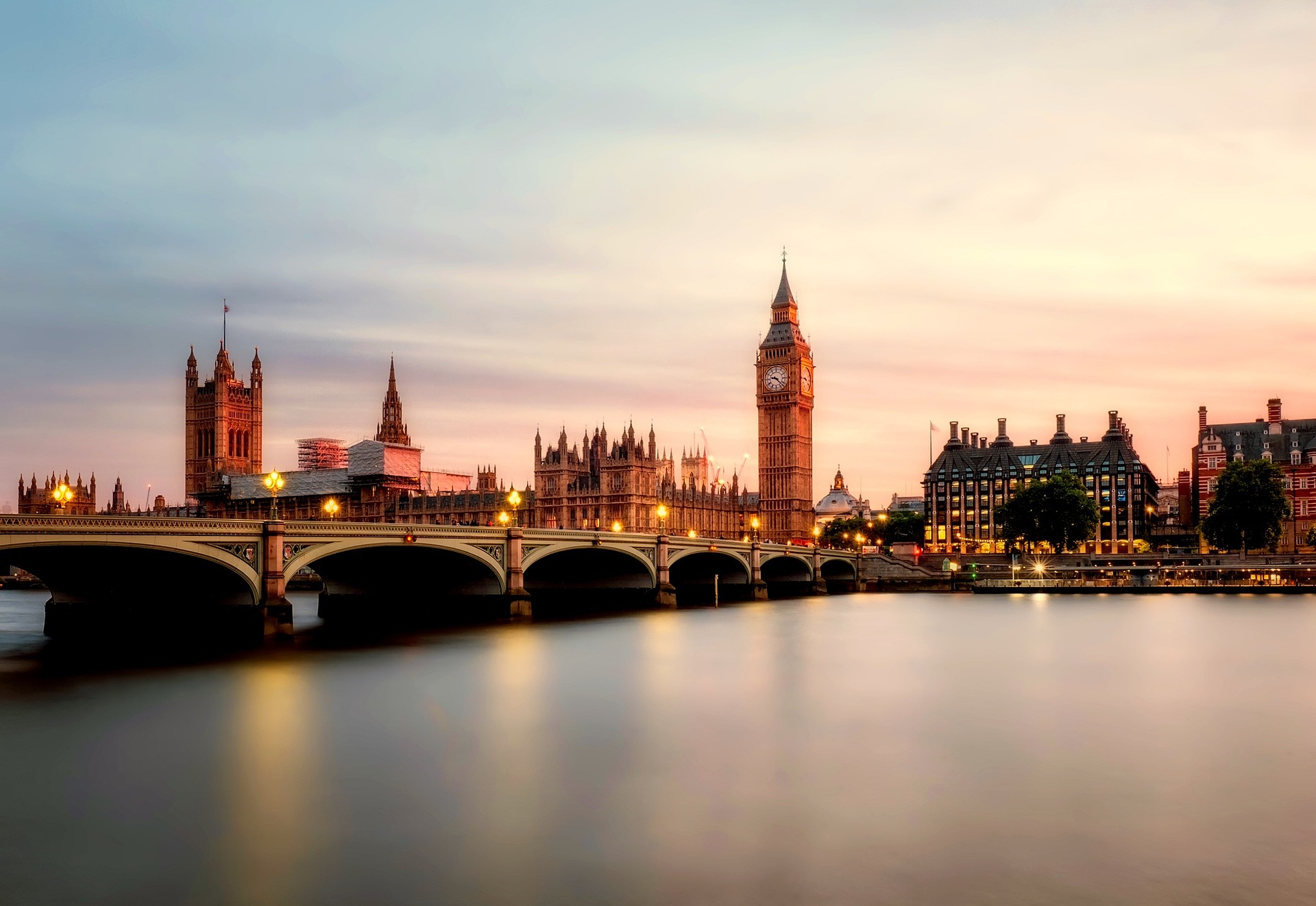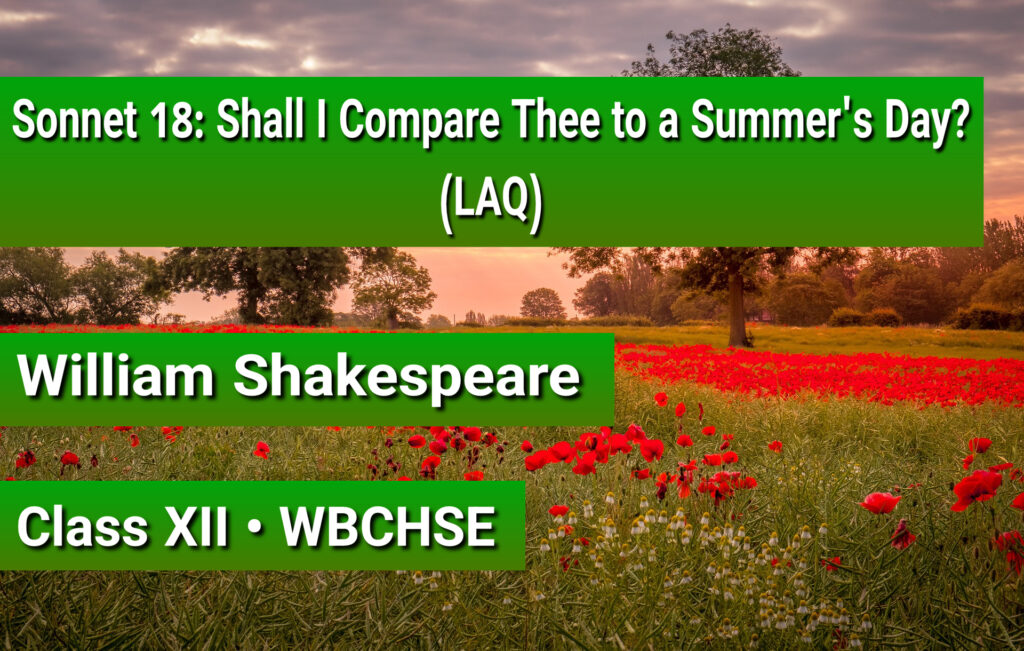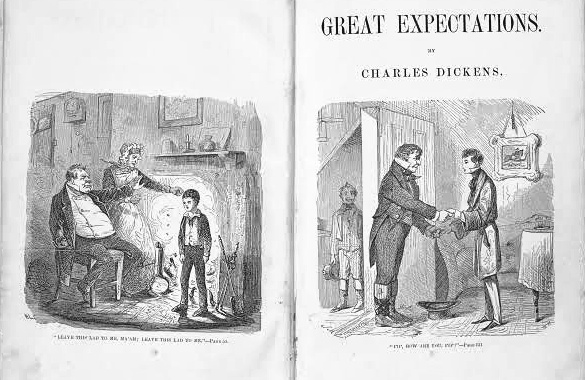
“Composed Upon Westminster Bridge” by William Wordsworth: Summary & Analysis
Context of the poem
“Composed upon Westminster Bridge, September 3, 1802” is a poem by William Wordsworth, written during a trip to London with his sister Dorothy. The poem was composed while they were crossing Westminster Bridge early in the morning, and it is one of Wordsworth’s most famous and well-regarded works. It was first published in 1807 as part of the collection “Poems in Two Volumes.”
The poem is an ode to the natural beauty of the city and the river, and to the peacefulness of the morning. It is also considered a celebration of the unity and harmony of nature in the city. At the time when the poem was written, London was undergoing rapid industrialization, and the city had grown in population and size. Wordsworth’s poem is a contrast to the negative views of the city that was commonly held by the poets of that time. Wordsworth’s poem is a romantic view of London as a peaceful, beautiful city that is in harmony with the natural world.
Wordsworth’s poem is also a reflection of his belief in the power of nature to bring peace and joy to people’s lives. The poem is also considered to be a reflection of the poet’s feelings of wonder and awe at the beauty of the world around him.
In summary, the poem is a celebration of the beauty and peacefulness of the natural world, and of the harmony that can be found even in the midst of a bustling city. The poem was written during a trip to London with his sister Dorothy, and it is a reflection of the poet’s feelings of wonder and awe at the beauty of the world around him, and his belief in the power of nature to bring peace and joy to people’s lives.

Theme of the Poem
The theme of “Composed upon Westminster Bridge, September 3, 1802” is the beauty and peacefulness of the natural world, and the harmony that can be found even in the midst of a bustling city. The poem is an ode to the city of London and the River Thames, as seen from Westminster Bridge on a quiet and peaceful morning. The poem is a celebration of the unity and harmony of nature in the city and it is a contrast to the negative views of the city that was commonly held by the poets of that time.
Form and Meter of the Poem
The poem is written in the form of a Petrarchan sonnet, which is a 14-line poem characterized by its strict rhyme scheme and its focus on a single subject or idea. The poem uses the rhyme scheme of an English sonnet, which is ABBA ABBA CD CD CD. The poem’s 14 lines are divided into an octave (the first 8 lines) and a sestet (the last 6 lines), with the octave typically introducing the subject or idea and the sestet developing it further.
The poem’s meter is iambic pentameter, which is a metrical pattern of poetry in which each line contains 10 syllables with a pattern of unstressed and stressed syllables. The pattern is usually represented as “da-DUM, da-DUM, da-DUM, da-DUM, da-DUM,” where “da” represents an unstressed syllable and “DUM” represents a stressed syllable. For example, “The beauty of the morning” is written in iambic pentameter, with the unstressed syllable “the” followed by the stressed syllable “beau-“, unstressed “ty” and stressed “of” and so on. This metrical pattern gives the poem a steady and regular rhythm, which contributes to its sense of calm and peacefulness.
Romanticism
William Wordsworth is considered a romantic poet, along with Samuel Taylor Coleridge, John Keats, and Percy Bysshe Shelley. The Romantic poets, who emerged in the late 18th and early 19th centuries, emphasized emotions, imagination, and the beauty of nature. They rejected the strict forms and conventions of neoclassical poetry and celebrated the individual and the natural world. Wordsworth’s poetry is characterized by a focus on nature, emotion, and the individual, and “Composed upon Westminster Bridge, September 3, 1802” is a clear example of these themes and his romantic style.
Composed upon Westminster Bridge Summary and Analysis
“Composed upon Westminster Bridge, September 3, 1802” is a poem by William Wordsworth that describes the beauty of London and the River Thames as seen from Westminster Bridge on a quiet and peaceful morning. The poem is an ode to the natural beauty of the city and the river, and to the peacefulness of the morning.
Throughout the poem, Wordsworth uses vivid imagery and language to convey the sense of awe and wonder he feels at the scene before him. He describes the city as “a garment” worn by the earth, and the river as flowing at its own “sweet will.” This imagery suggests the unity and harmony of nature in the city.
Wordsworth also uses the phrase “Dear God” to express his admiration of the beauty of the place, which reflect the speaker’s awe and reverence of the scene. He also emphasizes the quiet and peaceful atmosphere of the morning, describing the city as “silent” and “sleeping” and the river as “glid[ing] at his own sweet will.”
Wordsworth also uses the simile to compare the beauty of the scene to the beauty of the morning sun, the first splendor and never felt calm.
In summary, the poem is a celebration of the beauty and peacefulness of the natural world, and of the harmony that can be found even in the midst of a bustling city. Wordsworth’s use of imagery and language effectively conveys his sense of wonder and awe at the scene before him, and his reverence for the natural world.
Wordsworth Westminster Bridge Line by Line Analysis
“Composed upon Westminster Bridge, September 3, 1802” is a poem by William Wordsworth.
Line 1: “Earth has not anything to show more fair:” – The speaker is describing the beauty of the scene before him, Westminster Bridge and the city of London, and stating that nothing in the world can compare to it.
Line 2: “Dull would he be of soul who could pass by” – The speaker is suggesting that anyone who could pass by such a beautiful scene without being moved by it must be emotionally dull or insensitive.
Line 3: “A sight so touching in its majesty:” – The speaker is expressing how the beauty of the scene before him is both grand and moving.
Line 4: “This City now doth, like a garment, wear” – The speaker is describing London as if it were a piece of clothing, worn by the earth and covering it.
Line 5: “The beauty of the morning; silent, bare,” – The speaker is describing the quiet, unadorned beauty of the morning in London.
Line 6: “Ships, towers, domes, theatres, and temples lie” – The speaker is listing the various structures and buildings that make up the city, such as ships, towers, domes, theatres, and temples.
Line 7: “Open unto the fields, and to the sky;” – The speaker is describing how the city is open to the surrounding countryside and the sky above.
Line 8: “All bright and glittering in the smokeless air.” – The speaker is describing how the city, in the clear morning air, is bright and shiny.
Line 9: “Never did sun more beautifully steep” – The speaker is describing how the sun has never shone more beautifully than it does on this scene.
Line 10: “In his first splendor, valley, rock, or hill:” – The speaker is suggesting that the sun has never shone more beautifully on any other landscape, whether it be a valley, rock, or hill.
Line 11: “Ne’er saw I, never felt, a calm so deep!” – The speaker is expressing the depth of the calm he feels, saying that he has never seen or felt anything like it before.
Line 12: “The river glideth at his own sweet will:” – The speaker is describing how the river flows freely, according to its own will.
Line 13: “Dear God! the very houses seem asleep;” – The speaker is expressing his awe and addresses God at the peacefulness of the scene, saying that even the houses appear to be asleep.
Line 14: “And all that mighty heart is lying still!” – The speaker is describing how the city, as a whole, seems to be at rest, as if its “mighty heart” were still.
In the poem, William Wordsworth is describing the beauty of London and the River Thames as seen from Westminster Bridge on a quiet and peaceful morning. He uses vivid imagery and language to convey the sense of awe and wonder he feels at the scene before him. He also uses the imagery of the city being dressed like a garment and the river flowing at its own will to suggest the unity and harmony of nature. He also uses the phrase ‘Dear God’ to express his admiration of the beauty of the place.
Use of Figure of Speech in “Composed upon Westminster Bridge”
“Composed upon Westminster Bridge, September 3, 1802” by William Wordsworth uses several figures of speech to enhance the poem’s imagery and meaning. Some examples include:
- Simile: Wordsworth uses simile to compare the sunshine ta a garment “This City now doth, like a garment, wear.” This comparison helps to create an image of the nature in morning sunshine, and it also suggests that the scene is the beginning of something new.
- Personification: Wordsworth personifies the houses and streets as “sleeping” and the city as a “city of dreams.” This figure of speech gives the city a sense of being alive and peaceful, and it also contrasts with the usual image of a busy, awake city.
- Metaphor: Wordsworth uses metaphor to compare the scene to a “world newly created” and the “smokeless air” and the “smooth-streaming water” as being “bare” and “beautiful” respectively, this highlights the idea of the city and the nature being in harmony and the beauty of the natural world that can be found even in the midst of a bustling city.
- Hyperbole: The speaker says that the scene has filled him with a sense of wonder and awe and that it has made him appreciate the beauty of the natural world in a new way. This figure of speech is used to convey the speaker’s strong emotional response to the scene and to emphasize the beauty of the natural world.
- Imagery: The poem’s imagery is vivid and evocative, using words and phrases to create a clear mental picture of the scene. The imagery of the “smooth-streaming water,” “smokeless air,” “sleeping” houses and streets, and “bare” river all contribute to creating a sense of peacefulness and serenity. The imagery of the “world newly created” emphasizes the idea of the scene being fresh and new, and the imagery of the “city of dreams” adds a sense of magic and wonder to the scene.
- Anaphora: Anaphora is used in the line “Never did sun more beautifully steep / In his first splendor, valley, rock, or hill” to repeat the phrase “never did sun more beautifully steep” to emphasize the beauty of the sunrise, and create an image of the scene in the reader’s mind.
Written by Koushik Kumar Kundu
Koushik Kumar Kundu was among the toppers when he completed his Masters from Vidyasagar University after completing his Bachelors degree with Honours in English Literature from The University of Burdwan. He also completed B.Ed from the University of Burdwan.







Comments
No Comments Yet